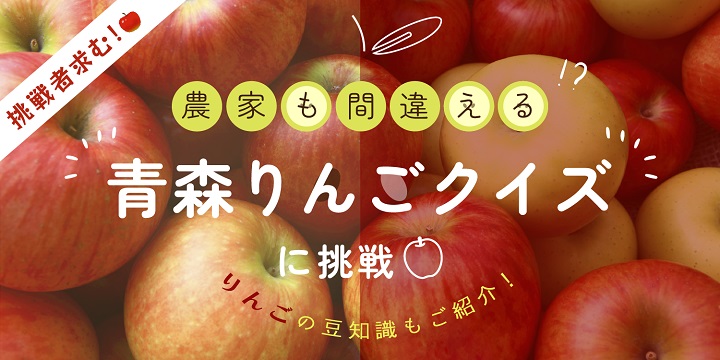The Appeal of Beaujolais Nouveau|Types of Wine and How to Drink It Deliciously
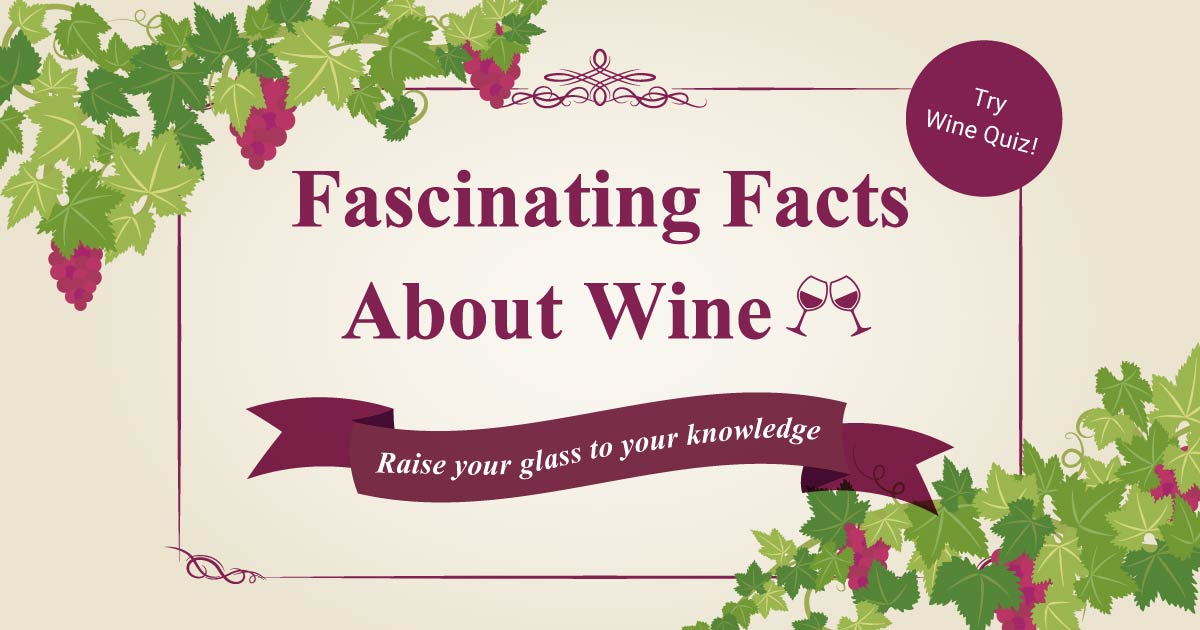
Wine is a beverage with a rich aroma and flavor that makes meals and conversations more enjoyable. The world of wine is a deep one, and there are many different types of wine. Understanding the differences and knowing the proper way to drink wine will help you to appreciate its charms more deeply.
Among them, "Beaujolais Nouveau," characterized by its fresh fruitiness and gorgeous aroma, attracts a great deal of attention when it is released in November each year. In this article, we will explain the appeal of Beaujolais Nouveau, the typical types of wine and their respective characteristics, and how to drink wine with great taste.
Wine novices as well as those who already enjoy wine may discover something that will help them understand and enjoy wine even more deeply.
We also introduce a familiar miscellaneous quiz to challenge you.
What is wine?
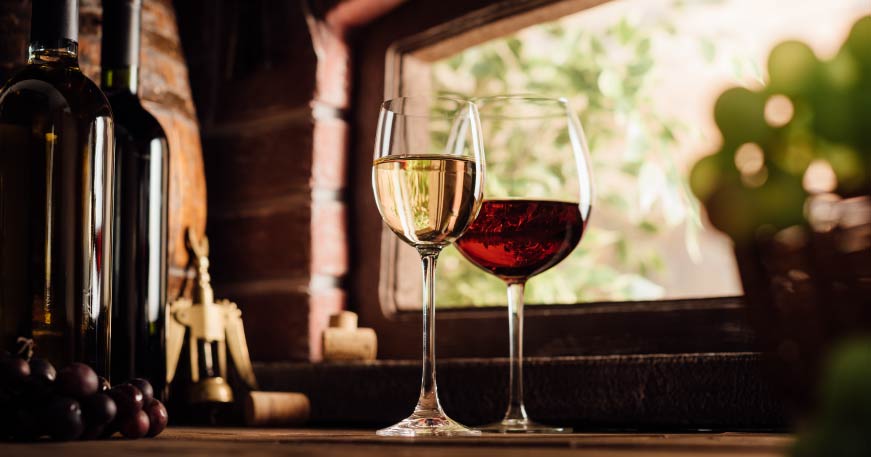
Before introducing Beaujolais Nouveau, let's take a look at what kind of drink wine is in the first place.
Wine is a "vinous liquor" made mainly from grapes, and is said to be one of the oldest alcoholic beverages with an extremely long history. The juice from crushed grapes fermented and eventually became a liquid containing alcohol, which is the original form of wine.
Brewer's alcohol is produced by adding yeast to raw materials and fermenting them into alcohol. In addition to wine, beer and sake are also classified as brewed sake because they are made using the same process.
Back to Table of ContentsType of Wine
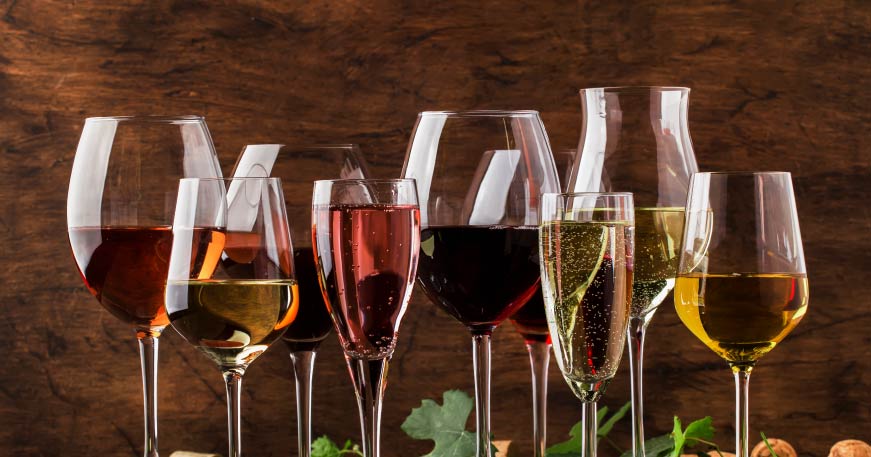
There are two major categories of wine: red wine and white wine, but there are actually several other major types of wine.
Let's take a closer look at what wines are available and the differences and characteristics of each.
Difference between red wine and white wine
Red wine is made by fermenting grape skins together. The tannins in the skins give red wine its characteristic astringent and bitter taste. It is characterized by a full-bodied taste and rich aroma, and is considered a good match for rich foods such as steak and cheese.
White wines, on the other hand, are fermented without the grape skins, so they are less affected by tannins and are characterized by their light flavor and refreshing acidity. They are best paired with light dishes such as fish and salads.
Characteristics of Rosé Wine
Rosé wine is a wine with a color between that of red wine and white wine. Rosé" means "rose" in French, and as the name suggests, it offers a pink, rose-like color.
Wine bottles are generally colored, such as brown or green, to protect the wine from light, but rosé wines are often kept in clear, colorless bottles so that the color can be enjoyed.
The taste of rosé wine is characterized by its mild tannins and fruity, white wine-like acidity compared to red wine. Because it is a wine between red wine and white wine, it is said to be easy to match with any food. It is recommended to drink it chilled to an appropriate temperature, not at room temperature.
Sparkling Wine Characteristics
Sparkling wine is characterized by its spectacular bubbles and is the generic term for sparkling wine that contains carbon dioxide gas at 3 atmospheres or higher. If the carbon dioxide gas contained is between 1 and 2.5 atmospheres, it is classified as semi-sparkling wine, and if it contains less than 1 atmospheric pressure, it is not considered sparkling wine.
The fineness of the foam is important, and in general, the smaller the size of the foam grains, the higher the quality.
Among sparkling wines, "Champagne" is the name given only to those made in the Champagne region of France and meeting the conditions stipulated by French wine laws. Because of the various costs involved in its production, it is considered more expensive than ordinary sparkling wine.
Sparkling wine is popular for special occasions and celebrations, and is often treated as a glamorous drink.
Characteristics of dessert wines
Dessert wines are sweet wines. Since there are no clear standards, there are a wide variety of ways to make dessert wines, such as increasing the sugar content of the grapes in various ways and maintaining the sugar content by stopping alcoholic fermentation in the middle of the process.
Let's look at some wines that are classified as dessert wines.
ice wine
Ice wine is a sweet wine made by harvesting frozen grapes. Pressing frozen grapes allows only the concentrated juice with concentrated sugar and flavor to be extracted, resulting in a sweeter wine.
Because it is harvested under harsh climatic conditions, it is a rare and expensive wine among dessert wines.
wine made with grapes affected by noble rot
Botrytis cinerea, or noble rot, is an extremely sweet wine made from grapes with Botrytis cinerea fungus attached to them. When the Botrytis cinerea fungus on the grapes destroys the skin tissue, the water in the grapes evaporates and the sugar content increases.
It is said to be the rarest and most valuable of dessert wines, as a variety of conditions must be met in a limited environment in order for noble rot fungi to attach to the grapes and grow successfully.
Late Harvest Wine
A sweet wine made from grapes harvested later than usual. Deliberately delaying the harvest allows the water in the grapes to evaporate, resulting in a higher sugar content.
In Japan, a late harvest wine made from a white grape variety called "Kerner" is famous in Hokkaido.
Back to Table of ContentsPoints for good wine drinking
There are four important points to consider in order to get the most out of your wine.
Let's take a closer look at each of these points in order to drink wine with great taste.
(1) Appropriate temperature for wine
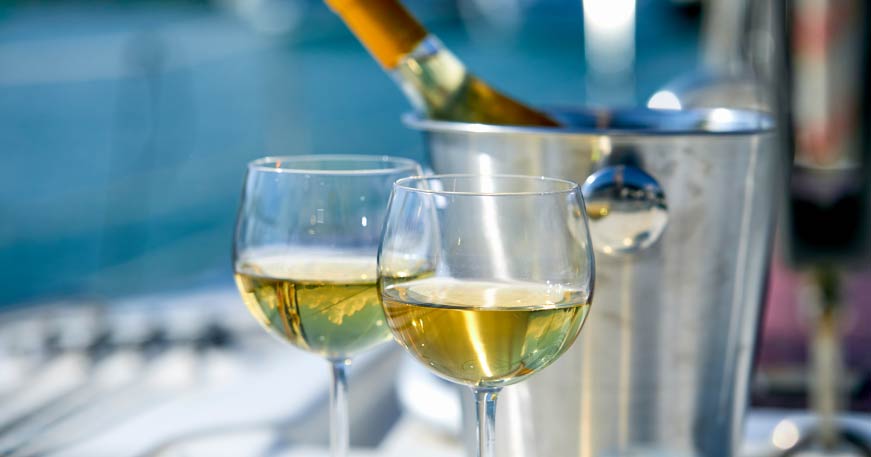
Temperature control is important for the best tasting wine.
Generally speaking, white wines are best served chilled to enhance their freshness and acidity, while red wines are best served at room temperature to enjoy their rich aroma and flavor.
Although it is difficult to say, it is recommended to drink red wine at room temperature between 12°C and 20°C, and white wine chilled between 6°C and 14°C. If the temperature exceeds 20°C, it will speed up the aging process and oxidation will occur.
Sudden temperature changes should also be avoided to maintain quality. If you want to warm the wine, leave it at room temperature. If you want to chill it, we recommend placing the entire bottle in an ice pail filled with ice water.
(2) How to choose the appropriate glass
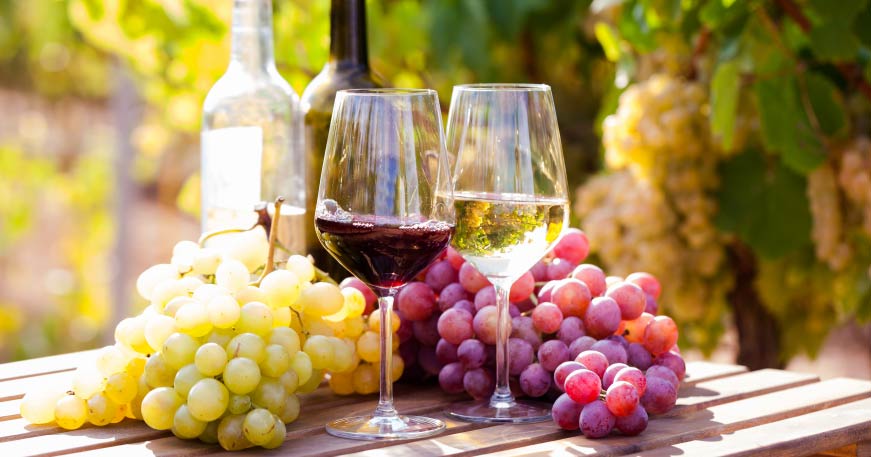
When drinking wine, it is also important to select appropriate wine glasses. Wine glasses come in a wide variety of shapes and sizes, which affect the aroma and taste of wine in different ways.
A glass with a wide mouth opening allows the aroma to spread more easily when the wine is in the mouth, and the taste of the wine spreads across the tongue, so that the acidity seems to be emphasized even when drinking the same wine.
On the other hand, a glass with a narrow mouthpiece allows the wine's aroma to linger longer in the glass, so that after the fruitiness of the wine is felt, the acidity and minerality can also be tasted as a lingering sensation.
If you are not sure which glass to use, or if you are a wine beginner, you should choose a "Chianti-shaped" wine glass. The Chianti shape allows you to taste the acidity, astringency, and fruitiness of wine in a well-balanced manner, and can be used for a wide range of wines, from red wines to white wines. Because of its versatility, it is a good idea to have one.
For sparkling wine, we also recommend a "flute-shaped" glass, which allows the bubbles to form a beautiful orbit. The narrow, elongated shape of the mouthpiece reduces the surface in contact with air and prevents carbonation.
Reference https://wine.sapporobeer.jp/article/wine_glass/
(3) How to drink and store wine
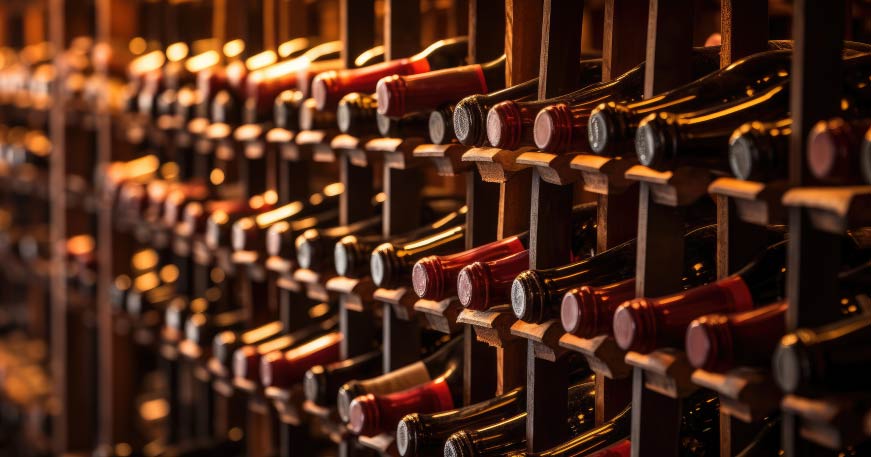
It is said that it is very difficult to determine when wine is ready to drink because it does not have an expiration date and the degree of aging depends on various factors such as light and temperature.
If we are to judge drinking time broadly by price range, affordable wines and sparkling wines sold at convenience stores and supermarkets do not need to be aged and should be drunk soon after purchase.
For a typical mid-priced wine, it is recommended to drink within 2-3 years for red wines and 1-2 years for white wines.
In addition, wine is sensitive to changes in light and temperature, so it is of paramount importance to store it in an appropriate environment. The ideal temperature and humidity for storage is 13°C to 15°C and 701 TP5T to 801 TP5T, respectively, and the wine should be stored in a cool, dark place with minimal temperature fluctuations and away from sunlight and indoor light.
When stored at home, it is best to store in the vegetable compartment of a refrigerator. However, since temperature and humidity are not optimal for wine, storage in a wine cellar is recommended if the wine is to be stored for more than one year.
Reference https://wine.sapporobeer.jp/article/wine_storages/
4) Wine Tasting Methods
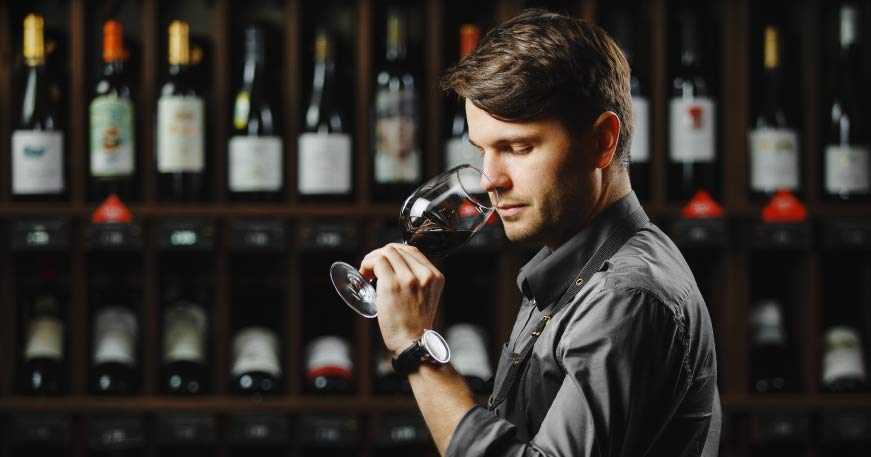
Wine tasting is a three-step process: seeing, smelling, and tasting.
First, look at the color and clarity of the wine to determine its quality and maturity. Color and clarity are clues to the type and maturity of the wine. The higher the quality of both red and white wines, the more transparent the color.
Next, smell the wine. By smelling the aroma, you can get a sense of the wine's characteristics and personality. There are a variety of aromas such as flower, fruit, and spice aromas, and the more distinct the fruit aroma, the higher quality the wine is said to be.
The first time, leave the wine as it is, and the second time, "swirl" it before checking the aroma. Swirling is the act of gently turning the glass to aerate the wine. Aeration speeds up the change in the wine's flavor and aroma.
Finally, sip a small amount of the wine and feel the changes in flavor and aftertaste. Wine has a very wide range of flavors, including acidity, sweetness, bitterness, astringency, and umami. When checking the taste of a wine, do not drink it immediately after taking it into your mouth, but rather savor it slowly using your entire tongue.
Reference https://www.adv.gr.jp/blog/tasting/
Back to Table of ContentsWhat is Beaujolais Nouveau?
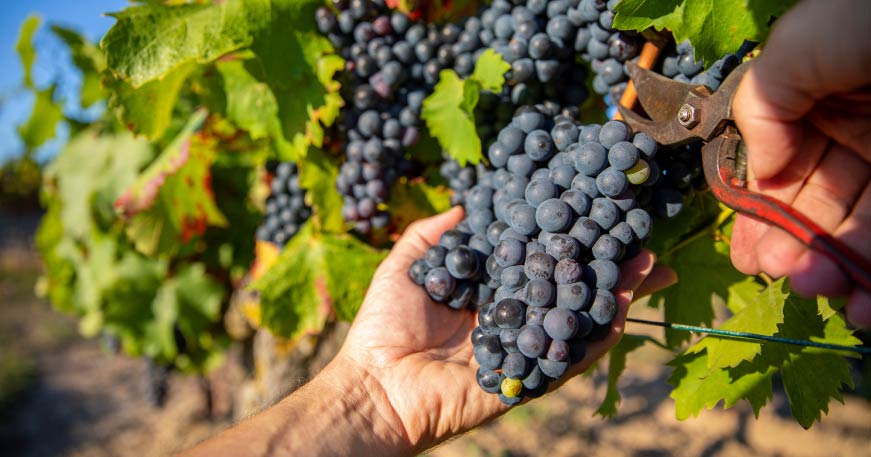
Now that we have explained the basics of wine, let's take a closer look at Beaujolais Nouveau.
Beaujolais Nouveau is a new wine produced in the Beaujolais region of France. Nouveau" means "new" in French, and as the name implies, only fresh grapes from that year are used.
It is characterized by its fruity, light flavor and gorgeous aroma, and the ban is lifted every year on the third Thursday in November.
The Birth of Beaujolais Nouveau
Originally, Beaujolais Nouveau was loved by the locals as a daily drink that could be easily enjoyed, and it was not until 1951 that it was officially approved for sale by the French government.
When Beaujolais Nouveau gradually began to attract attention around the world, there were concerns that the quality of the wine was declining due to competition among sellers for early release. In order to maintain the quality of Beaujolais Nouveau, the French government set a common release date for the entire world.
Due to various circumstances, the date of the Beaujolais Nouveau ban has been set to "midnight on the third Thursday of November" since 1985. In Japan, due to the date line, the release of the ban on Beaujolais Nouveau is about 8 hours earlier than in France, so it is possible to get Beaujolais Nouveau earlier than in France.
At first, Beaujolais Nouveau was popular among the locals, but today it has become the most famous new wine in the world, so much so that everyone has heard the name "Beaujolais Nouveau" at least once.
Why is Beaujolais Nouveau so popular?
There are two main attractions of Beaujolais Nouveau: flavor and production method.
Easy-drinking fruity flavor
One of the reasons Beaujolais Nouveau is so popular is its fresh, fruity flavor with little astringency.
Beaujolais Nouveau is made exclusively from black grapes of the "Gamay" variety. Due to its thin skin, Gamay is fruity with little tannin, which is the source of astringency, and is characterized by its strawberry and cherry-like aroma.
Because Gamay is bottled only a few weeks after harvest, it is fresher and fresher than most wines.
Special Manufacturing Methods
The light and fruity taste of Beaujolais Nouveau is also a secret of its production method.
In the normal red wine making process, the grapes are crushed with their seeds and skins before fermentation, which allows tannins to be extracted into the juice while fermentation proceeds, producing the astringency that is a characteristic of red wine.
In contrast, Beaujolais Nouveau is made using a special method called "maceration carbonique," in which bunches of grapes are placed in tanks and soaked in carbon dioxide gas for a certain period of time to allow the grape juice to ferment naturally and prevent the extraction of tannins.
The reduced astringency gives it a more fruity flavor, making it easier for many people to drink.
Back to Table of ContentsTake a wine-related trivia quiz!
We have prepared a miscellaneous quiz about wine and Beaujolais Nouveau. There will be a total of 5 questions.
We encourage you to try to clear it!
Back to Table of Contents
Summary
In this issue, we explained Beaujolais Nouveau and other typical types of wine and how to enjoy wine.
Beaujolais Nouveau is often talked about as a special once-a-year wine, and the more you learn about it, the more you may want to actually taste it.
Wine is a delicate beverage and requires careful attention to light and temperature when stored. Select the appropriate wine for your taste and purpose, and enjoy wine in the appropriate way.
The "wine-related miscellaneous quiz" was used to create the quiz. QuizGenerator, which allows you to create your own quizzes and share them on social media or websites for free without registration.
On the QuizGenerator website, anyone can easily try AI-powered quiz generation simply by entering text. AI-Powered Quizis also available to the public. We hope you will enjoy creating your original quiz with the topical generative AI!
▼You may also like:
Back to Table of Contents Back to Blog List





